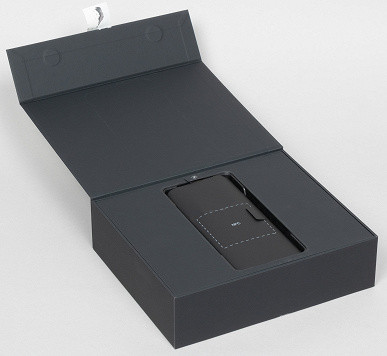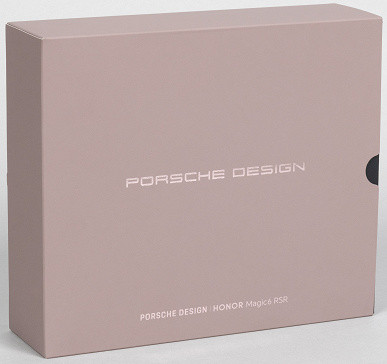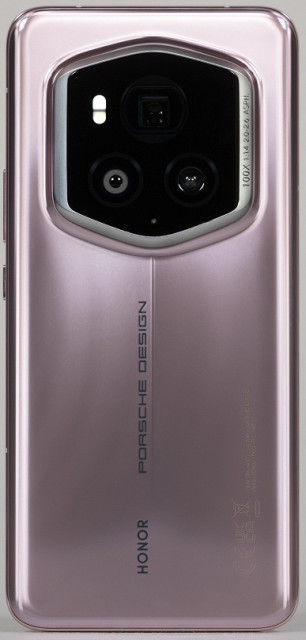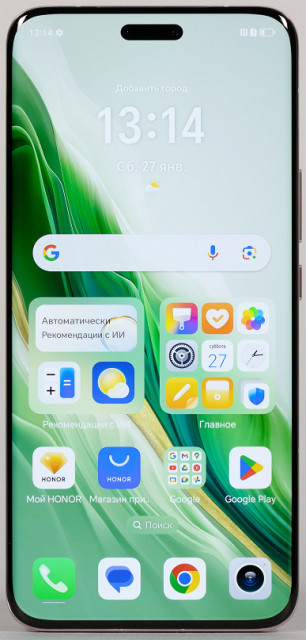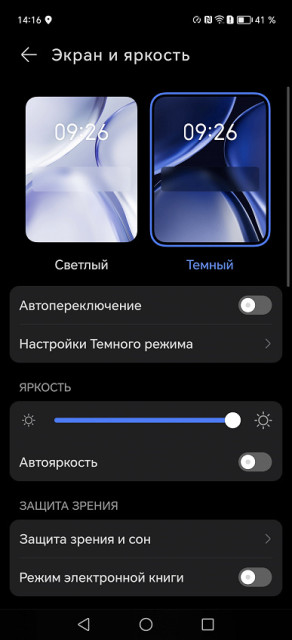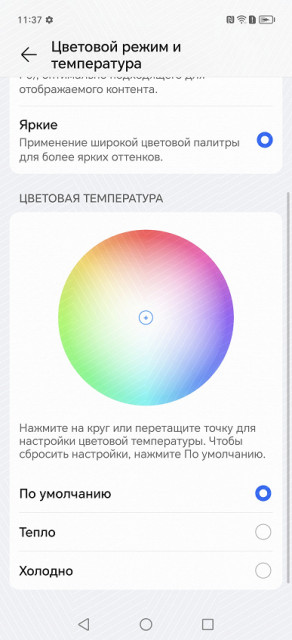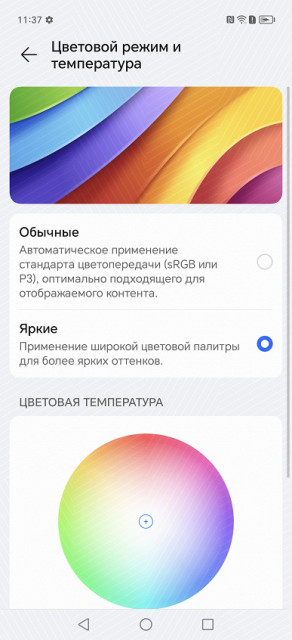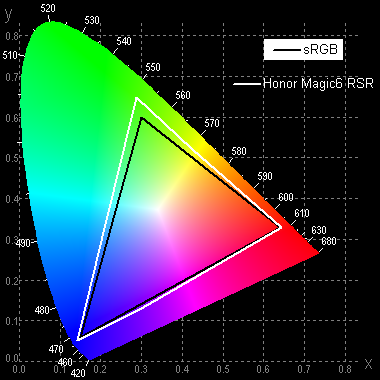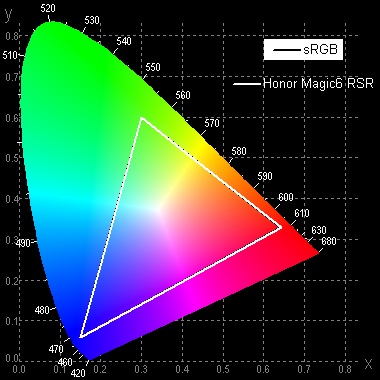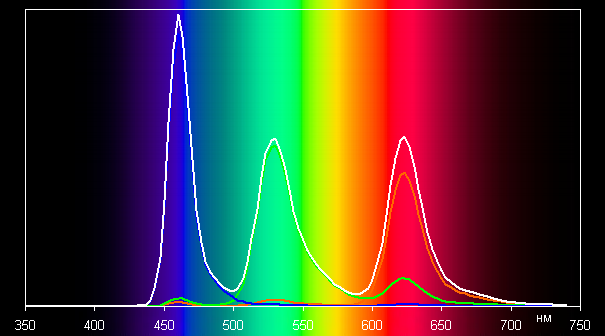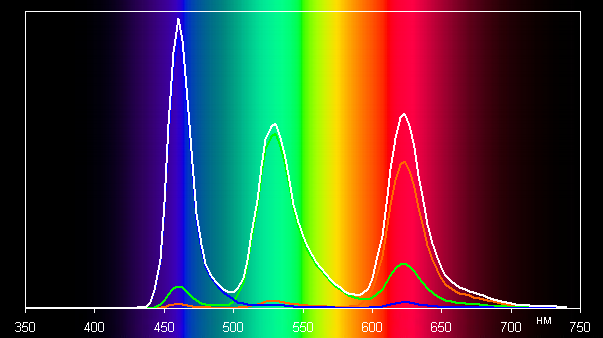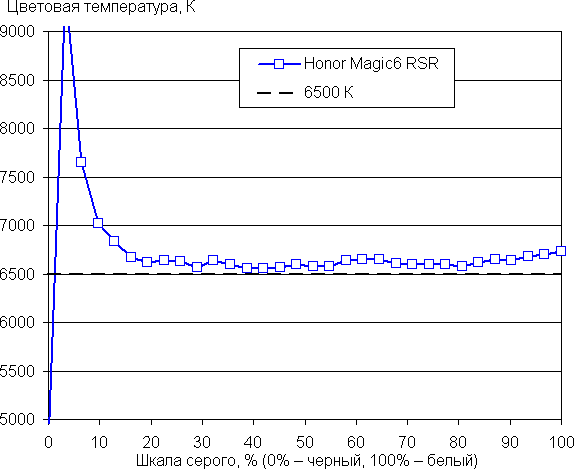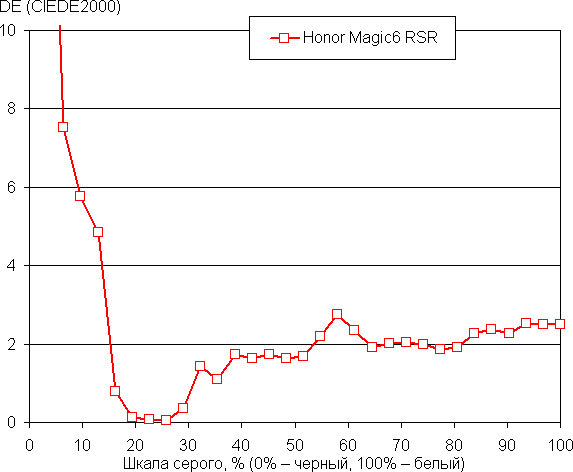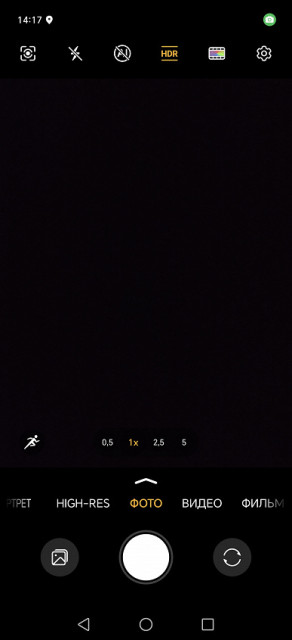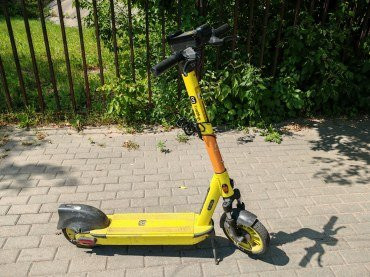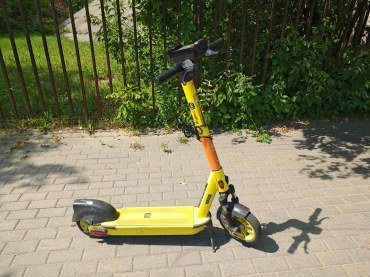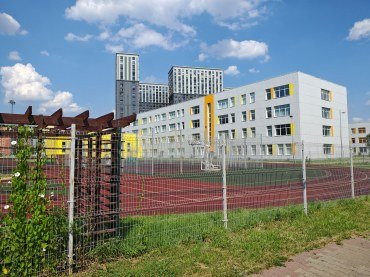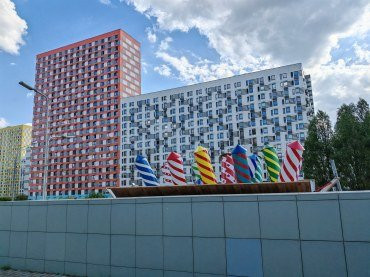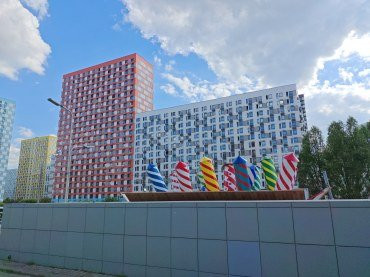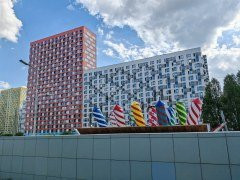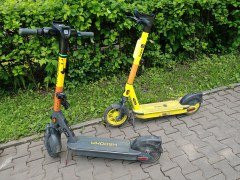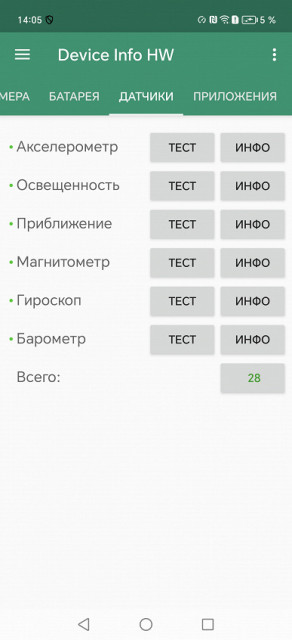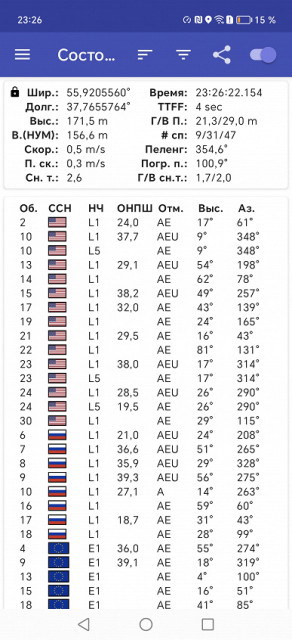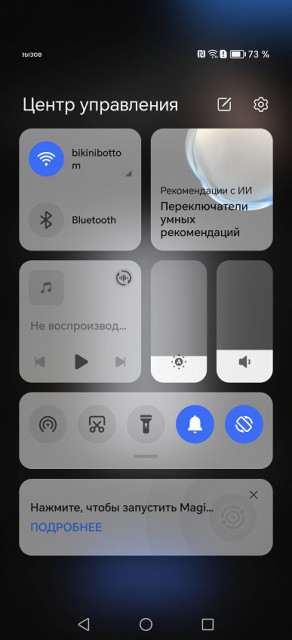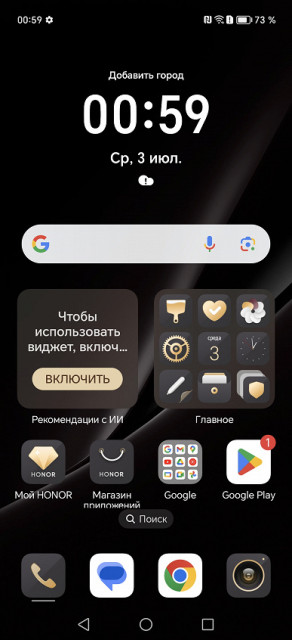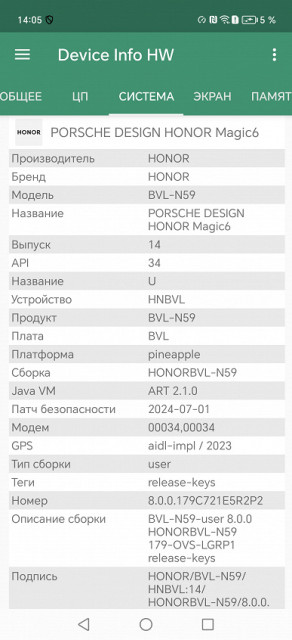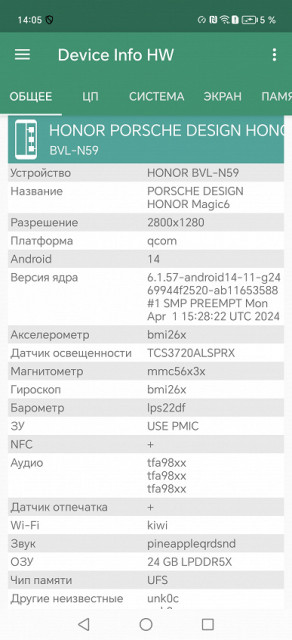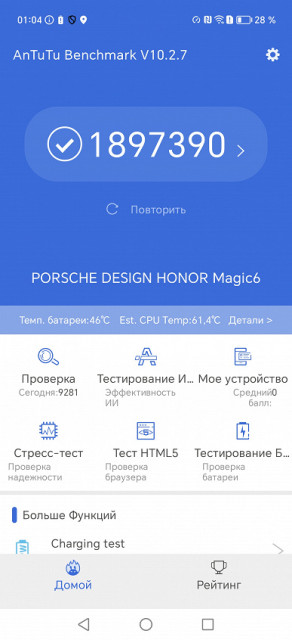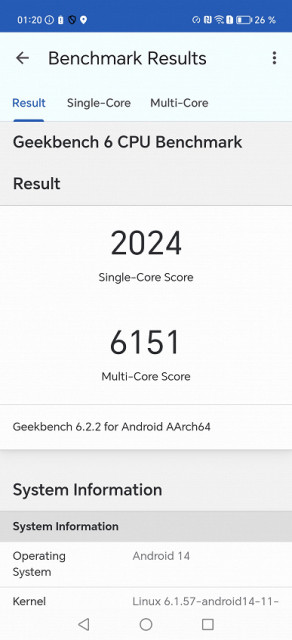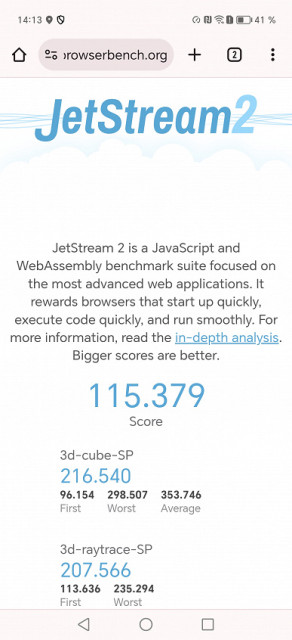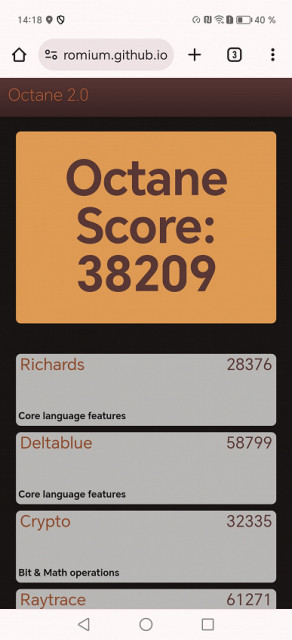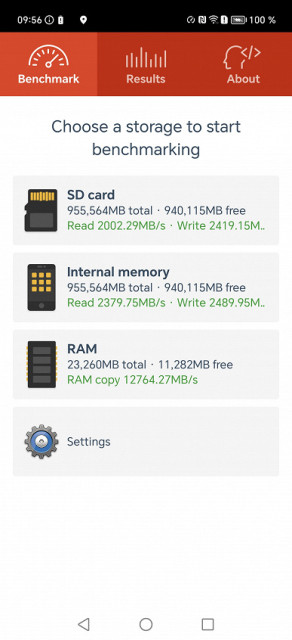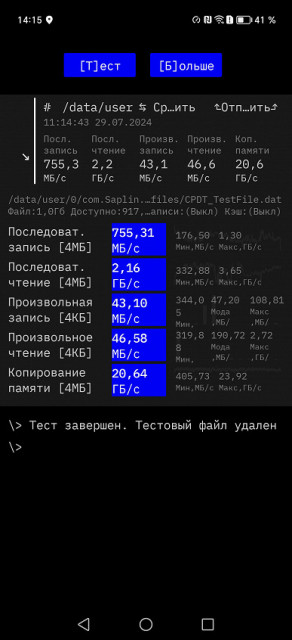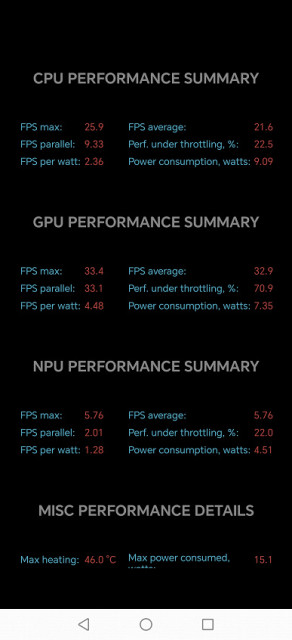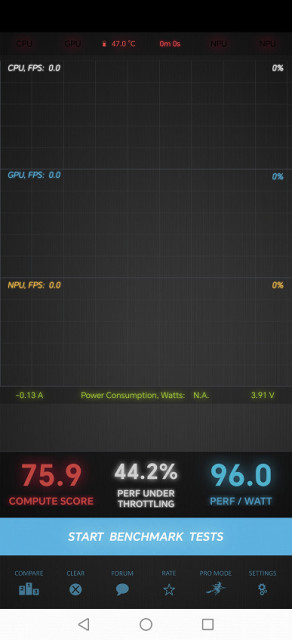After the successful launch of its new flagship smartphone Honor Magic6 Pro on the world market, Honor has introduced a premium model in collaboration with the car brand — Magic6 RSR Porsche Design. This exclusive smartphone is already available on our market, combining not only advanced mobile technologies, but also a status accessory for Porsche fans.
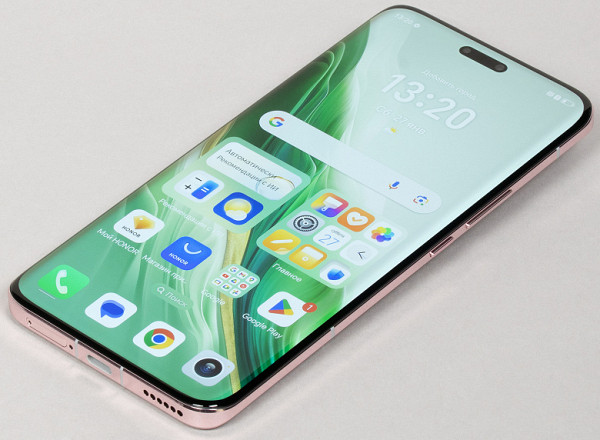
Main characteristics of Honor Magiс6 RSR Porsche Design
- SoC Qualcomm Snapdragon 8 Gen3, 8 processor cores (1×Cortex-X4 @3.3 GHz + 3×Cortex-A720 @3.2 GHz + 2×Cortex-A720 @3.0 GHz + 2×Cortex-A520 @2.3 GHz)
- GPU Adreno 750
- OS Android 14, MagicOS 8
- Touchscreen Super AMOLED, 6.8″, 1280×2800, 19.5:9, 453 ppi, 120 Hz
- RAM 24 GB (LPDDR5X), internal memory 1 TB (UFS 4.0)
- No microSD support
- Nano-SIM support (2 pcs.)
- Networks 2G GSM, 3G WCDMA, 4G LTE, 5G
- GPS (L1+L5), GLONASS, BDS (B1I+B1c+B2a), Galileo (E1+E5a)
- Wi-Fi 7
- Bluetooth 5.3, A2DP, LE, aptX HD
- NFC
- IR transmitter
- USB 3.2 Type-C, DisplayPort 1.2, USB OTG
- no 3.5 mm audio output for headphones
- Rear cameras 50 MP + 180 MP (telephoto) + 50 MP (wide-angle), video 4K@60 fps, gyro-EIS, HDR, 10 bit
- Front camera 50 MP
- Proximity and light sensors, magnetic field, accelerometer, gyroscope
- Fingerprint scanner (under the screen, optical)
- Stereo speakers
- IP68 protection rating
- Battery 5600 mAh, 80W charging (PD 3.0), 66W wireless charging
- Dimensions 163×76×8.9 mm
- Weight 237 g
Appearance and ease of use
A premium brand product that also serves as a fashion accessory must have appropriate packaging — expensive, original and stylish. The Honor Magic6 RSR Porsche Design smartphone is packed in a large cardboard box with a minimalist premium design. The design of the box resembles a box with a hinged lid and a magnetic lock.
The kit includes two 100W chargers with plugs for different countries, as well as an interface cable. Interestingly, the smartphone itself supports charging at up to 80W.
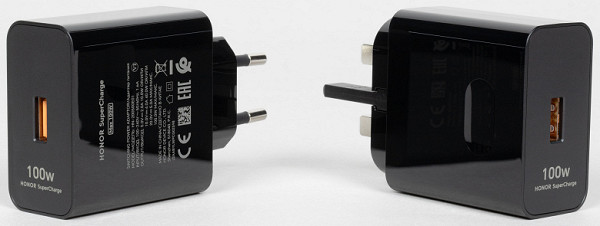
The Honor Magic6 RSR Porsche Design design can be called «hybrid»: the front glass has strongly rounded edges, but the side edges remain relatively wide and flat, which makes the smartphone comfortable to hold. Despite the impressive size and weight, the streamlined shape of the case helps to smooth out these sensations. However, 237 grams noticeably weigh down the pocket, and in the hand the device feels like a massive and heavy bar.
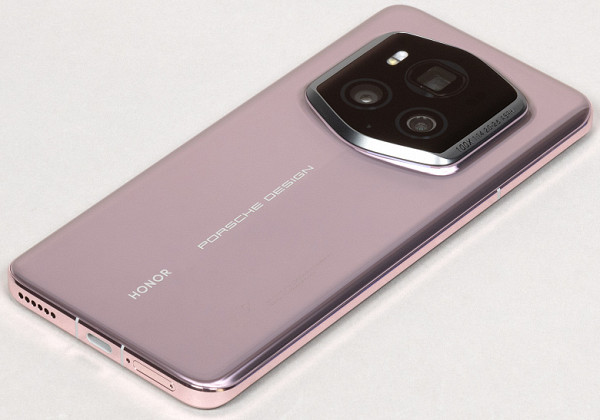
The front and back panels are made of tempered glass NanoCrystal Shield 2.0 — Honor's own development, which is distinguished by its high strength. Unlike the standard version of the Honor Magic6 Pro, this model uses such glass on both the front and back sides. However, alas, even it does not eliminate glare on the rounded edges of the screen.

The side frame is made of real metal — it is thick, wide and durable, and feels good in the hand. The massive frame gives the device a sense of reliability. Although it is not completely free of slipperiness, smooth metal is still more practical than varnished plastic.

The back panel of the case features a massive block of cameras and flashes, made in an original hexagonal shape. The corners of the case are noticeably rounded, which required strong rounding of the screen corners to maintain the overall harmony of the design.
Under the glass of the back panel, you can see a metal base with a polished effect, which shines in the light. Interestingly, the strip with a fracture effect in the middle is created by the shape of the glass itself and is felt tactilely. Along this strip are the branded inscriptions, thanks to which the design looks really impressive. The smartphone looks expensive, stylish and premium, as its creators planned.
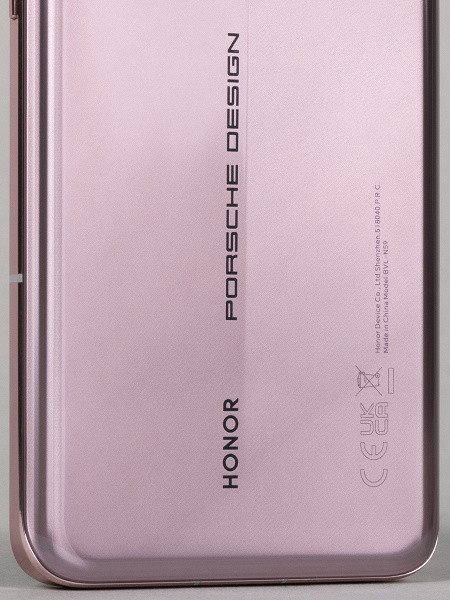
Unlike the regular Magic6 Pro, the camera and flash unit here is hexagonal in shape rather than a convex circle. It has rounded glass edges, which gives it a three-dimensional look. Perhaps this design looks better than a round «blob», but this is, of course, a matter of taste.
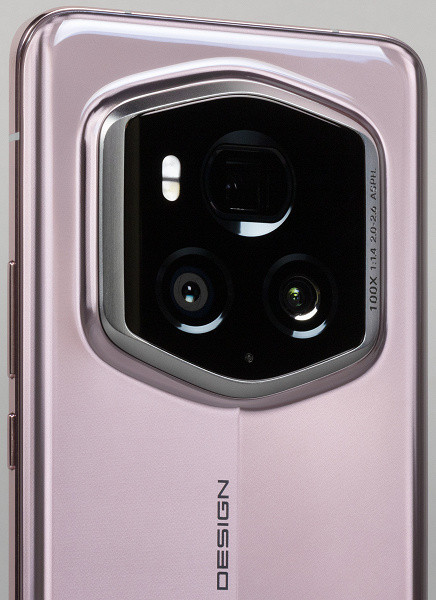
The smartphone body does not wobble when working with the screen on a hard surface; it lies stable due to the large width of the unit and its central location.

The side buttons are large, big and high, they are conveniently located on one side, right under the finger. The stroke is springy, the response is clear, no complaints at all.
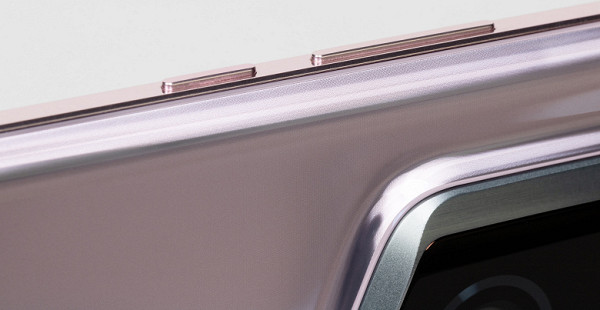
The fingerprint scanner is located under the screen glass as close to the bottom edge as possible. This placement is not very convenient for one-handed use while moving, but the developers do not seem to pay attention to this. By the way, the scanner is not ultrasonic, but optical, which does not quite correspond to the premium status of the smartphone. The sensor works in a standard way: to activate it, you need to hold your finger on it, and it does not react to wet fingers (unlike the ultrasonic scanner).
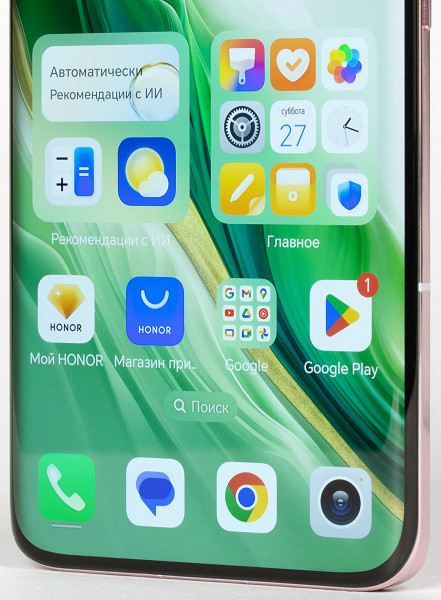
The front camera is located next to the TOF 3D sensor in a single elongated cutout at the top of the screen in the center. The additional sensor provides more reliable face authentication, including in complete darkness. In addition, this allows you to use the camera to log in to banking applications, as such authorization is considered quite secure.
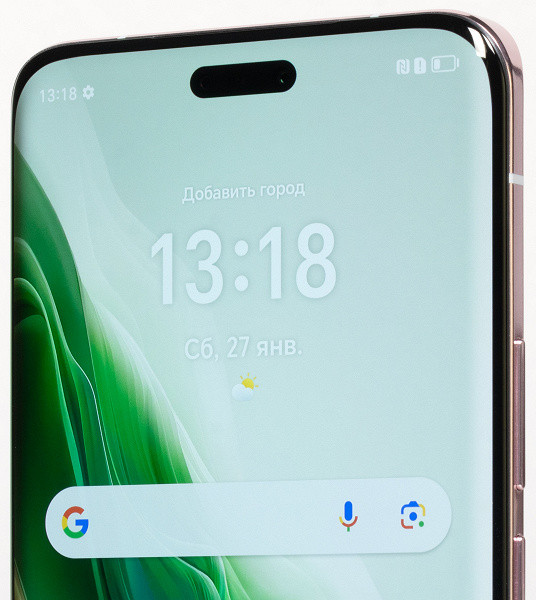
The sliding tray can accommodate two Nano-SIM cards, one on each side. There is no room for a microSD memory card.
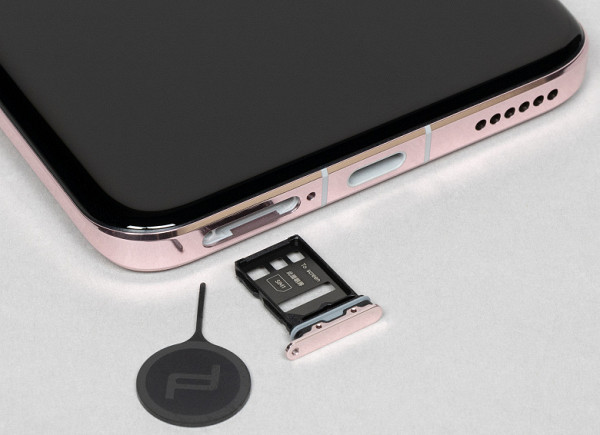
Also on the bottom edge are a speaker, microphone, and USB Type-C connector. There is no 3.5 mm audio output for a mini-jack for wired headphones.

An additional microphone, an IR transmitter, and a speaker for stereo sound are installed on the top end.

Honor Magic6 RSR Porsche Design has IP68 dust and moisture protection, allowing it to be fully immersed in fresh water to a depth of 1.5 meters for up to 30 minutes. The case is available in two colors: gray-pink (officially called «Frozen Berry») and gray («Agate Gray»).
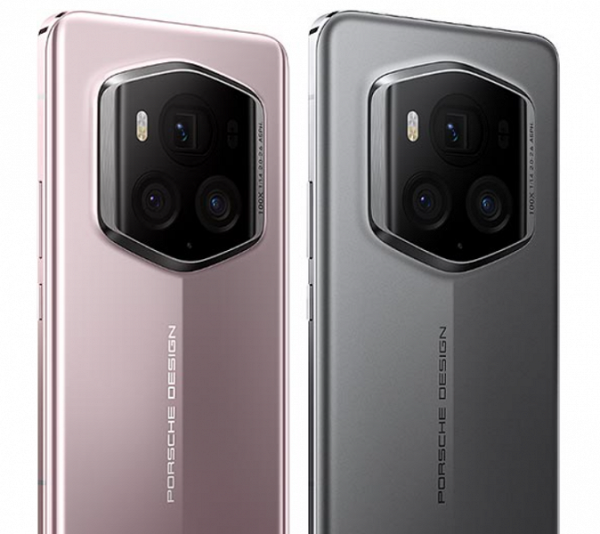
Screen
The Honor Magic6 RSR Porsche Design smartphone is equipped with a unique Honor Dual-layer OLED Tandem Display with a diagonal of 6.8 inches and a resolution of 1280 × 2800 (19.5: 9). It is protected by Honor NanoCrystal Shield glass with curved edges. The physical dimensions of the matrix are 72 × 157 mm, and the pixel density is 453 ppi. The display supports a refresh rate of 120 Hz, HDR mode, and 10-point multi-touch.
The front surface of the screen is a glass plate with a mirror-smooth surface, resistant to scratches. Judging by the reflection of objects, the anti-glare properties of the screen are superior to those of the Google Nexus 7 (2013). The outer side of the screen has an oleophobic coating, which significantly improves the removal of fingerprints and slows down their appearance compared to ordinary glass.
When displaying a white field on the screen, the maximum brightness is 950 cd / m² under normal conditions, and in bright light or in HDR mode it can reach 1700 cd / m² (at least for a short time). The smaller the white area on the screen, the higher the actual maximum brightness, which ensures excellent readability even in the sun. The minimum brightness is 2 cd / m², which allows you to comfortably use the device in complete darkness. Automatic brightness control works through a light sensor located under the screen at the top closer to the right edge. The auto-brightness function adjusts the brightness depending on the conditions: in complete darkness it is reduced to 5 cd/m², in office lighting (about 550 lux) it is set to 130 cd/m², and in a bright environment it can reach 1700 cd/m². We slightly increased the brightness in complete darkness, obtaining values of 15, 120 and 1700 cd/m² for the three specified conditions. This confirms that the auto-brightness function works adequately and allows the user to adjust it to their preferences.
A noticeable modulation with a frequency of 360 Hz is observed at all brightness levels. The graphs below show the dependence of brightness (vertical axis) on time (horizontal axis) for different brightness settings.
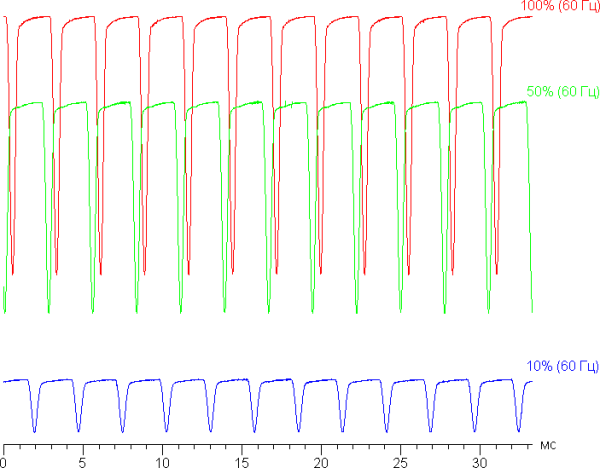
As you can see, the modulation duty cycle is small, and the modulation phase varies across the screen area, which eliminates visible flickering at any brightness level. However, with a significant decrease in brightness (below 15 cd/m²) in the stroboscopic effect test, the modulation becomes noticeable.
A mode with an increased refresh rate of up to 120 Hz is available in the screen settings.
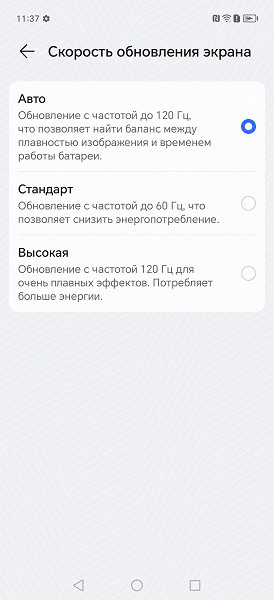
The modulation pattern remains unchanged. It should be noted that on static and not very dynamic images, the refresh rate in any case drops to 30 Hz.
This screen uses an AMOLED matrix — an active matrix based on organic light-emitting diodes. A full-color image is formed using subpixels of three colors: red ®, green (G) and blue (B), while there are twice as few red and blue subpixels, which can be designated as RGBG. This is confirmed by a fragment of a microphotograph:
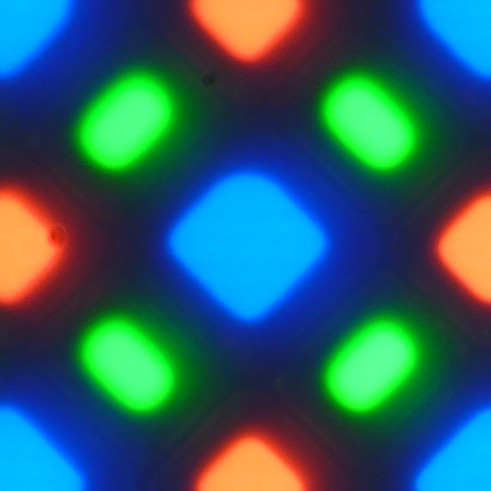
In the presented fragment, you can count 4 green subpixels, 2 red (4 halves) and 2 blue (1 whole and 4 quarters). When repeating these fragments, you can fill the entire screen without gaps and overlaps. For such matrices, Samsung introduced the name PenTile RGBG. The manufacturer determines the screen resolution by the green subpixels, so it will be lower for the other two. Although you can notice some unevenness of contrast borders and other artifacts, due to the high resolution, their impact on the image quality is minimal.
The screen demonstrates excellent viewing angles. The brightness at an angle for both screens is noticeably reduced compared to the Nexus 7, but this drop is less pronounced for this smartphone. As a result, with formally the same brightness, the screen looks much brighter, especially considering that the mobile device is usually viewed at a slight angle. However, when deviating at large angles, the white color may acquire a slight bluish tint, while the black color remains deep and saturated at any angle. It is so black that the contrast ratio is meaningless in this case. For illustration purposes, here are photos of the smartphone and its competitor displaying identical images, with the screen brightness set to about 200 cd/m² and the camera's color balance set to 6500 K.
White field (Vivid [colors] profile):
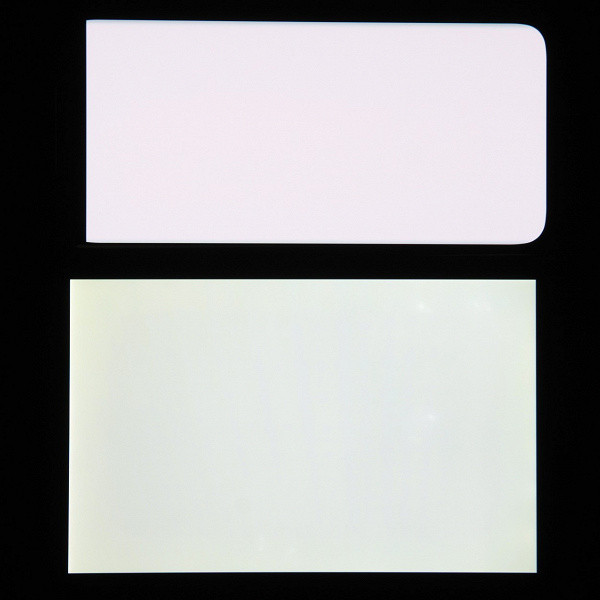
Note the good uniformity of brightness and color tone of the white field (except for darkening and change in hue towards the curved edges).
And the test picture (Normal [colors] profile):

The color rendering is good, the colors are moderately saturated, the color balance of the screens is slightly different. Let us remind you that the photo cannot serve as a reliable source of information about the quality of color rendering and is provided only for a conditional visual illustration. In particular, the pronounced reddish tint of the white and gray fields present in the photos of the smartphone screen is visually absent when viewed perpendicularly, which is confirmed by hardware tests using a spectrophotometer. The reason is that the spectral sensitivity of the camera matrix does not exactly match this characteristic of human vision. Note that in this case, the picture occupies in height (with landscape orientation of the screen) the entire area available for image output and goes onto the curved edges of the screen, which leads to slight darkening and color distortion. Also, in the light, these areas almost always glare, which further interferes with viewing images displayed on the entire screen. And even the picture of films with an aspect ratio of 16:9 goes onto the bends, which is very inappropriate in the case of video. There is a slight bend even on the short sides of the screen, which leaves no chance for glare.
The photo above was taken with the Normal [colors] profile active in the screen settings, there are only two of them:
The Vivid [Colors] profile features color balance and slightly increased color saturation:

Switching of the matrix elements state occurs almost instantly, however, at the switching on stage, a step delay of about 17 ms (which corresponds to a screen refresh rate of about 60 Hz) or about 8 ms (at 120 Hz) can be observed. For example, the dependence of brightness on time when switching from black to white looks like this:
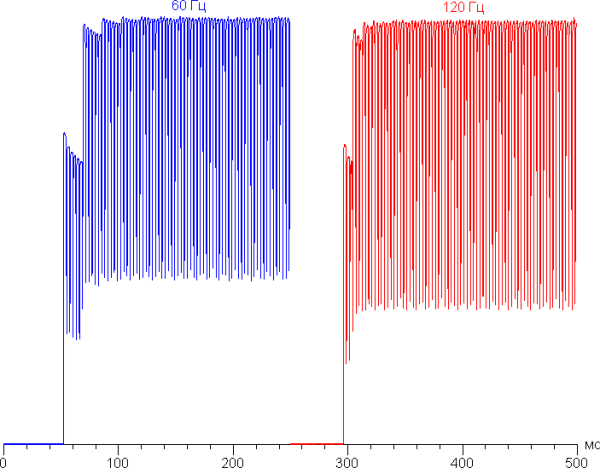
In some situations, the presence of such a delay can cause trails that follow moving objects.
The gamma curve, constructed on the basis of 32 points with equal intervals by numerical values of shades of gray, showed that there are no significant distortions in either highlights or shadows. The exponent of the approximating power function was 2.24, which is slightly higher than the standard value of 2.2. At the same time, the real gamma curve deviates only slightly from the power dependence.
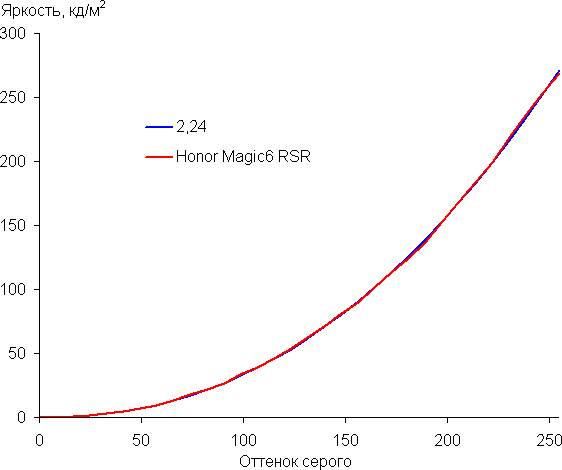
Let us recall that for OLED screens the brightness of different image fragments changes dynamically depending on the nature of the displayed content — it decreases slightly for predominantly light images. Therefore, the obtained dependence of brightness on hue (gamma curve) is unlikely to coincide with the gamma curve of a static image, since the measurements were taken with successive output of gray shades on almost the entire screen.
As for the color gamut, in the «Bright» profile it is slightly wider than sRGB, while the «Normal» profile is very close to sRGB.
The color components are mixed with each other, which narrows the color gamut, but in the case of the Normal profile, the mixing is greater:
It should be noted that on screens with an extended color gamut, the colors of normal images adapted to sRGB may look oversaturated. Therefore, in most cases, it is recommended to use the "Normal" profile for viewing movies, photos, and other natural images.
This device provides the ability to adjust the color balance by selecting a color temperature profile or adjusting the hue on the color wheel. However, in the "Normal" profile, even without additional correction, the balance of shades on the gray scale remains good: the color temperature is close to the standard 6500 K, and the deviation from the spectrum of an absolute black body (ΔE) is less than 3 units, which is considered a good indicator even for professional equipment. At the same time, the color temperature and ΔE remain stable from shade to shade, which has a positive effect on the perception of the color balance. (The darkest areas of the gray scale can be ignored, since the color balance is not so important in them, and there is a large error in measuring color characteristics at low brightness.)
Of course, there is a function to reduce the intensity of the blue component:
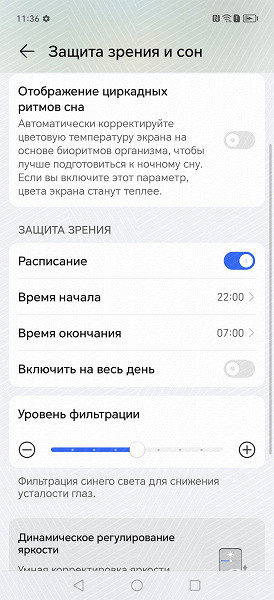
The description of the «Eye Protection» mode contains incorrect information about the effect of bright light on eye fatigue. Indeed, bright light can disrupt the daily (circadian) rhythm, but this can be solved by simply reducing the brightness to a comfortable level. Reducing blue light and distorting the color balance does not make sense.
The device also has a «Natural Tone» function, which is supposed to adjust the color balance depending on environmental conditions. We tested this function and found that it does not work in practice. However, the absence of this essential function should not be considered a drawback.
The device supports DisplayPort Alt Mode for USB Type-C, allowing you to output image and sound to external devices via the USB port. When connected to our monitor, video is output in 1080p mode at 60 Hz. There are two operating modes: outputting an alternative desktop (Desktop mode) and simple duplication of the smartphone screen (Phone).
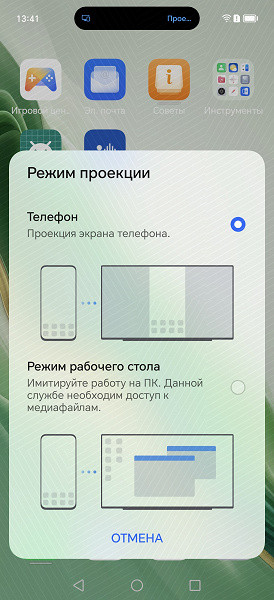
In the second case, with the portrait orientation of the smartphone screen, the image on the TV screen is displayed so that it fits in height, leaving wide black fields on the sides. In landscape orientation, the image fits in width, creating narrow black stripes at the top and bottom. In both cases, there is no dot-to-dot image output.
In the alternative desktop mode, a completely different main screen is displayed on the monitor.
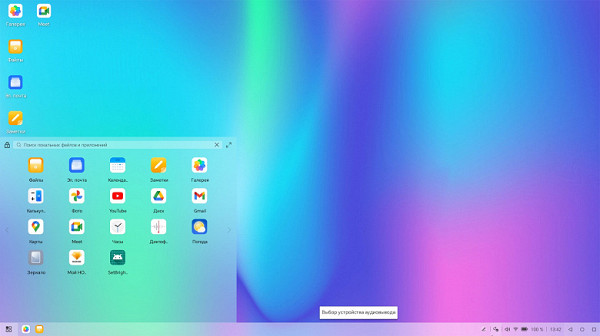
The smartphone screen can function as a touchpad for coordinate input, serve as a tablet for drawing on top of the desktop, or work in normal mode, acting as a second, smaller desktop.
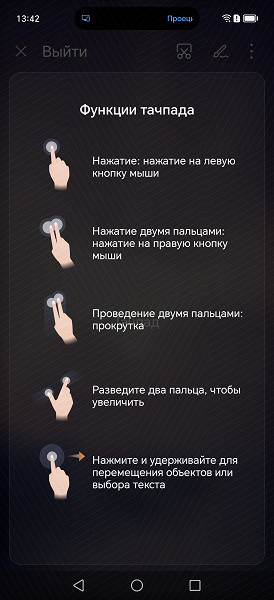
Not all applications guarantee correct operation in this mode. The image is output with a resolution of 1920×1080 with exact pixel matching. At the same time, it is possible to simultaneously connect a mouse, keyboard, USB flash drives and other devices to the smartphone via USB, turning it into a basis for a workplace. However, an adapter or monitor with a USB Type-C input must support the connection of external USB devices (that is, have a USB hub). Connection to a wired network at a speed of 1 Gbps is also supported. To charge the smartphone, you need to connect a charger to the adapter or docking station, while monitors with a USB Type-C input are usually able to supply power to the smartphone. In desktop mode on an external monitor, you can simultaneously work on the smartphone itself, getting two desktops, but video with hardware decoding is output to only one screen, and the same program cannot function on both. To sum up, the screen has a very high maximum brightness (1700 cd/m²) and excellent anti-glare properties, which allows you to comfortably use the device outdoors even in sunny weather. In complete darkness, the brightness can be reduced to a comfortable level (up to 2 cd/m²). An automatic brightness adjustment mode is also available, which works effectively. The advantages of the screen include a high-quality oleophobic coating, no noticeable flickering, high refresh rate (120 Hz), high resolution and good color balance (with the right profile selection), color gamut close to sRGB. Do not forget about the advantages of OLED screens, such as true black (without reflections) and a significantly smaller drop in image brightness when viewed at an angle compared to LCD screens. In general, the quality of the screen is very high. However, it is worth noting that the curved edges only harm the image quality, creating color tone distortions and reducing brightness at the edges, which leads to glare in the presence of external lighting.
Camera
The Honor Magic6 RSR Porsche Design smartphone is equipped with three full-fledged rear cameras with different focal lengths. All three modules have autofocus, while two of them (except for the wide-angle) are supplemented with an optical stabilizer. There is only one front camera, but it includes an auxiliary TOF 3D sensor. The camera control interface is standard for all Honor smartphones, allowing you to quickly access the necessary modes and hide unnecessary ones in the «More» section.
- Main camera: 50 MP, 1/1.3″, f/1.4—f/2.0, 23 mm, Laser AF, PDAF, OIS
- Telephoto camera: 180 MP, 1/1.49″, f/2.6, 2.5× optical zoom, PDAF, OIS
- Wide-angle camera: 50 MP, 1/2.88″, f/2.0, 13 mm, 122˚, AF
- Front camera: 50 MP, 1/2.93″, f/2.0, 22 mm, AF
It is interesting to note that the main camera sensor in the Honor Magic6 RSR Porsche Design differs from that in the base model of the series: instead of the standard flagship H9000, the Honor Magic6 Pro has a slightly modified Super Dynamic Honor Falcon Camera H9800 with a lidar. The camera is equipped with a lens with a variable aperture of f / 1.4 — f / 2.0, which is automatically adjusted depending on the sensor data, but can also be adjusted manually. By default, the camera uses pixel binning, which allows you to take photos in 12.5 MP resolution. However, users can switch to a full 50 MP resolution in Hi-Res mode. Interestingly, when reducing a photo, a simple 4-in-1 conversion does not occur: the image is pre-cropped with cropping of potentially problematic edges and corners, and sometimes this approach really pays off.
The 50MP photos do have more detail, but they have noise, which makes the image less dense and leads to artifacts on plain surfaces. The exposure, contrast and color balance of the full-size photos may also need to be adjusted, while these parameters look better in the processed 12.5MP photos.
Overall, the image quality is certainly high. The photos are highly detailed, clear, contrasty and voluminous. There is almost no noise, artifacts or distortions, and the dynamic range is wide, which allows you to successfully capture scenes without overexposure and loss of detail in light and dark areas. However, the color rendition of the 12.5MP photos looks brighter and somewhat artificial compared to the full-size 50MP photos. This can be corrected using color filters.
Here are some more examples of photos taken with the main camera:
Night mode delivers good clarity and detail. The automatic settings boost color saturation, which helps compensate for the natural loss of detail in low-light conditions. However, overall exposure can be a bit dark.
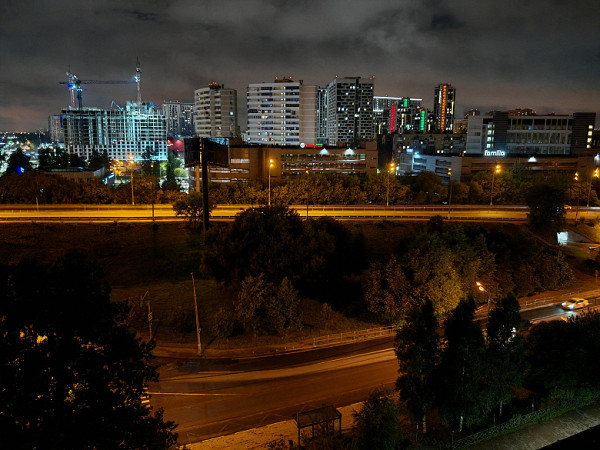
The smartphone is equipped with a long-focus periscope camera with a resolution of 180 MP, which provides high-quality photos with both 2.5x optical zoom and 5x hybrid zoom. This module also supports autofocus and optical stabilizer.
The camera is capable of shooting in full 180 MP resolution, but uses pixel binning by default. Photos in both modes are clear, sharp and highly detailed. However, contrast and volume are better expressed in processed 12-megapixel photos, which take up significantly less space.
Wide-angle shooting is available in both pixel binning and full resolution modes. This camera, as expected, produces images with less detail, but with good contrast and volume. Colors look rich and there is no overexposure. In 12.5 MP mode, the quality of the images is quite decent.
The camera is capable of shooting video in maximum 4K resolution at 60 frames per second, using electronic stabilization based on the built-in gyroscope (gyro-EIS). The recording quality is impressive: the video sequence is smooth, the image is bright, light and detailed, without strobing. HDR and log video modes with 10-bit color are supported. Sound recording is also performed at a high level.
As for taking selfies, there are no complaints about it. The front camera (50 MP, 1 / 2.93 ", f / 2.0, 22 mm, AF) offers two «focal lengths» — general and close-up, thanks to the crop of the central part of the image. Detailing is high, color rendition is generally close to natural, although the colors are slightly oversaturated, which is perhaps even a plus.
Telephone and communications
The Honor Magiс6 RSR Porsche Design smartphone supports mobile networks up to 5G. In the conditions of the Moscow region's urban area, the device demonstrates stable operation in wireless networks, reliably maintains the connection and quickly restores it after a break. The smartphone is also equipped with a wireless adapter with support for three Wi-Fi 7 bands, Bluetooth 5.3 and NFC / NFC-SIM, and also supports e-SIM. The USB Type-C port provides a high-speed connection with USB 3.2 Gen2 (USB 3.1) support.
The dual-channel satellite navigation module works with GPS (L1 + L5), GLONASS, BDS (B1I + B1c + B2a) and Galileo (E1 + E5a) systems. The first satellites are detected quickly during a cold start, and the positioning accuracy is beyond reproach.
Software and multimedia
The Honor Magiс6 RSR Porsche Design smartphone runs on Android OS with the MagicOS 8 shell, which is harmoniously designed in accordance with the design of the device. The interface is intuitive, quickly responds to user actions and provides all the necessary functions for customization, as well as full access to Google services and the Google Play Store.
The device is equipped with loud stereo speakers that provide high-quality surround sound that is not distorted even at maximum volume, which is impressively high here. For wireless headphones, there is support for Bluetooth 5.3 and all modern profiles, such as aptX, aptX HD and LDAC. In general, the audio performance of the device evokes only positive emotions.
Performance
The Honor Magiс6 RSR Porsche Design smartphone is equipped with a Qualcomm Snapdragon 8 Gen3 SoC, which includes 8 cores: 1×Cortex-X4 with a clock frequency of 3.3 GHz, 3×Cortex-A720 at 3.2 GHz, 2×Cortex-A720 at 3.0 GHz and 2×Cortex-A520 at 2.3 GHz. Graphics processing is performed by the Adreno 750 GPU. The amount of LPDDR5X RAM is an impressive 24 GB, with an additional 8 GB of virtual memory thanks to RAM Turbo technology. The built-in UFS 4.0 storage reaches 1 TB, but there is no option to install a microSD memory card. It also supports connecting external devices via USB Type-C in USB OTG mode.
The platform is powerful and flagship, made using a 4-nm process technology. In the AnTuTu test in performance mode, the smartphone scores almost 1.9 million points, which is close to the current maximum. In other tests, the device also shows excellent results. In real use, the device's performance is sufficient for smooth operation of the interface and comfortable gaming even with the most demanding games.
Testing in complex tests AnTuTu and GeekBench:
We have collected all the smartphone testing results, conducted using the most current versions of popular benchmarks, in convenient tables. The tables also include several other devices from different segments, tested on similar versions of benchmarks for a more visual assessment of the data obtained. Unfortunately, it is impossible to present the results from different versions of benchmarks in one comparison, so many worthy and current models remain outside the analysis, since they were tested on previous versions of programs.
| Honor Magiс6 RSR Porsche Design (Qualcomm Snapdragon 8 Gen3) | Honor 200 Pro (Qualcomm Snapdragon 8s Gen3) | Honor 200 (Qualcomm Snapdragon 7 Gen3) | Google Pixel 8 Pro (Google Tensor G3) | Realme 12+ 5G (MediaTek Dimensity 7050) | |
|---|---|---|---|---|---|
| AnTuTu (v9.x) (bigger is better) | 1897390 | 1297546 | 792657 | 1033512 | 620852 |
| GeekBench 6 (bigger is better) | 2024/6151 | 1740/4535 | 1159/3206 | 1566/3701 | 929/2277 |
Testing the graphics subsystem in 3DMark and GFXBenchmark gaming tests:
| Honor Magiс6 RSR Porsche Design (Qualcomm Snapdragon 8 Gen3) | Honor 200 Pro (Qualcomm Snapdragon 8s Gen3) | Honor 200 (Qualcomm Snapdragon 7 Gen3) | Google Pixel 8 Pro (Google Tensor G3) | Realme 12+ 5G (MediaTek Dimensity 7050) | |
|---|---|---|---|---|---|
| GFXBenchmark Aztec Ruins OpenGL (1080p Offscreen, fps) | 194 | 45 | 56 | 107 | 29 |
| GFXBenchmark Aztec Ruins Vulkan (1080p Offscreen, fps) | 224 | 129 | 66 | 108 | 26 |
| GFXBenchmark Car Chase ES 3.1 (1080p Offscreen, fps) | 138 | 96 | 47 | 78 | 26 |
| GFXBenchmark Manhattan ES 3.1 (1080p Offscreen, fps) | 205 | 169 | 83 | 142 | 45 |
| GFXBenchmark T-Rex (1080p Offscreen, fps) | 296 | 434 | 174 | 328 | 105 |
Testing in browser cross-platform tests:
| Honor Magiс6 RSR Porsche Design (Qualcomm Snapdragon 8 Gen3) | Honor 200 Pro (Qualcomm Snapdragon 8s Gen3) | Honor 200 (Qualcomm Snapdragon 7 Gen3) | Google Pixel 8 Pro (Google Tensor G3) | Realme 12+ 5G (MediaTek Dimensity 7050) | |
|---|---|---|---|---|---|
| Google Octane 2 (bigger is better) | 38209 | 19467 | 24106 | 52617 | 7230 |
| JetStream (bigger is better) | 115 | 70 | 60 | 102 | 29 |
Memory speed test results:
Heat
We test for performance degradation when heating using the Burnout Benchmark program, which allows you to load the CPU, GPU and NPU:
| Load on | Heating performance, as a percentage of maximum |
|---|---|
| CPU | 23% |
| GPU | 71% |
| NPU | 22% |
Battery life
The Honor Magiс6 RSR Porsche Design smartphone is equipped with the latest battery (Si/C) with an increased capacity of 5600 mAh. It is not surprising that in tests the device demonstrates outstanding, almost record-breaking autonomy.
Testing was carried out at a normal power consumption level, without using power saving modes, although they are available in the device. Test conditions included setting the minimum comfortable brightness level (approximately 100 cd/m²). Tests included endless reading in the Moon+ Reader application (with the standard light theme), continuous viewing of HD video (720p) via a home Wi-Fi network, and the Injustice 2 game with automatic graphics settings.
| Battery capacity | Reading mode | Video mode | 3D gaming mode | |
|---|---|---|---|---|
| Honor Magiс6 RSR Porsche Design | 5600 mAh | 37 h 00 m | 29 h 00 m | 9:00 a.m. |
| Google Pixel 8 Pro | 5050 mAh | 22:00 | 18:00 | 7:00 a.m. |
| Honor 90 | 5000 mAh | 21:00 | 18:00 | 7:00 a.m. |
| Honor Magic V2 | 5000 mAh | 21:00 | 17:00 | 6:00 a.m. |
| Oppo Find N3 | 4805 mAh | 20:00 | 18:00 | 6:00 a.m. |
| Huawei Mate X3 | 4800 mAh | 14:00 | 10:00 a.m. | 5:00 a.m. |
| Oppo Find N2 | 4520 mAh | 20:00 | 17:00 | 5:00 a.m. |
| Oppo Find N2 Flip | 5000 mAh | 20:30 h. | 19:00 | 8:00 a.m. |
All these figures represent the maximum possible results obtained under “ideal” conditions, including no SIM cards installed. Any changes in the usage scenario will most likely lead to a decrease in these figures.
With the included charger, the smartphone is fully charged in 45 minutes. Wireless charging with a power of 66 W is also supported.
Summary
Honor Magiс6 RSR Porsche Design is a truly masculine accessory with an aggressive design inspired by Porsche sports cars. The smartphone is available in two colors: gray-pink and gray. Although the model is not officially available on the Russian market, it can be purchased on marketplaces for about $ 1,500-$ 1,600. In general, this is a pretty attractive price for an ultimate smartphone with a durable case, top technical characteristics and a long battery life. This is not just a branded product, but a real flagship that can be proud of among knowledgeable people.

